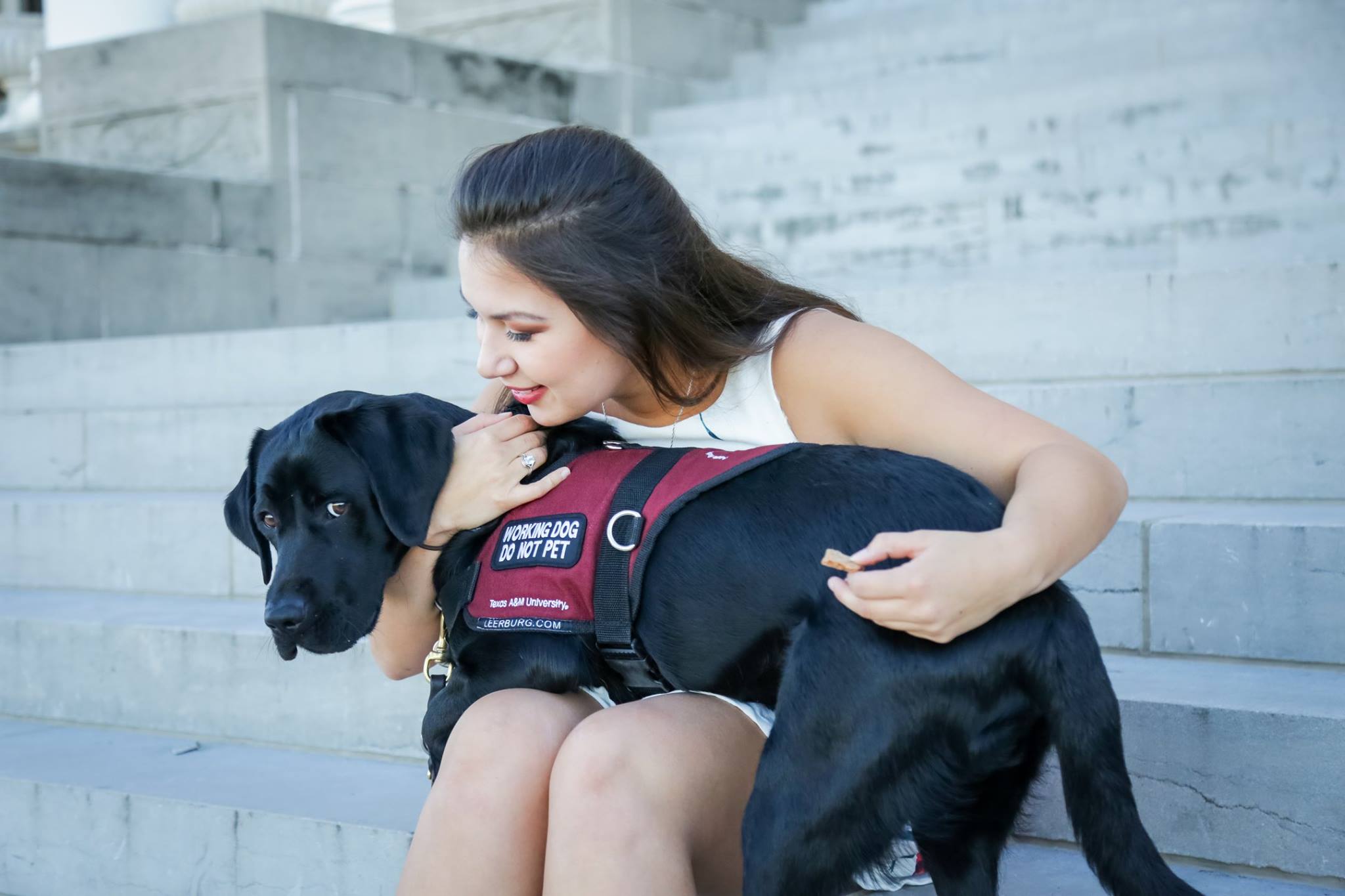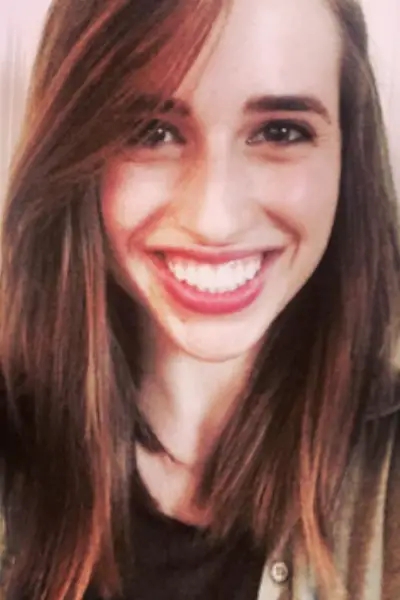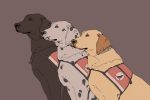During her freshman year, Texas A&M student Beccah Sewell visited an open house in an effort to join a handful of organizations and get involved on campus.
While wandering around the various clubs present at the event, Sewell spotted a group of students who trained guide dogs. The students were surrounded by three adorable Labradoodles who seemed to beg Sewell to stop for a moment. “I had known a friend who trained a service dog back home, so I had some idea of what was involved,” Sewell says.
She approached the organization and learned that students worked to spread awareness about therapy and service dogs, as well as train the animals before they entered the workforce. “I was immediately drawn to how incredible their organization was,” Sewell says. “I wanted to get involved.”
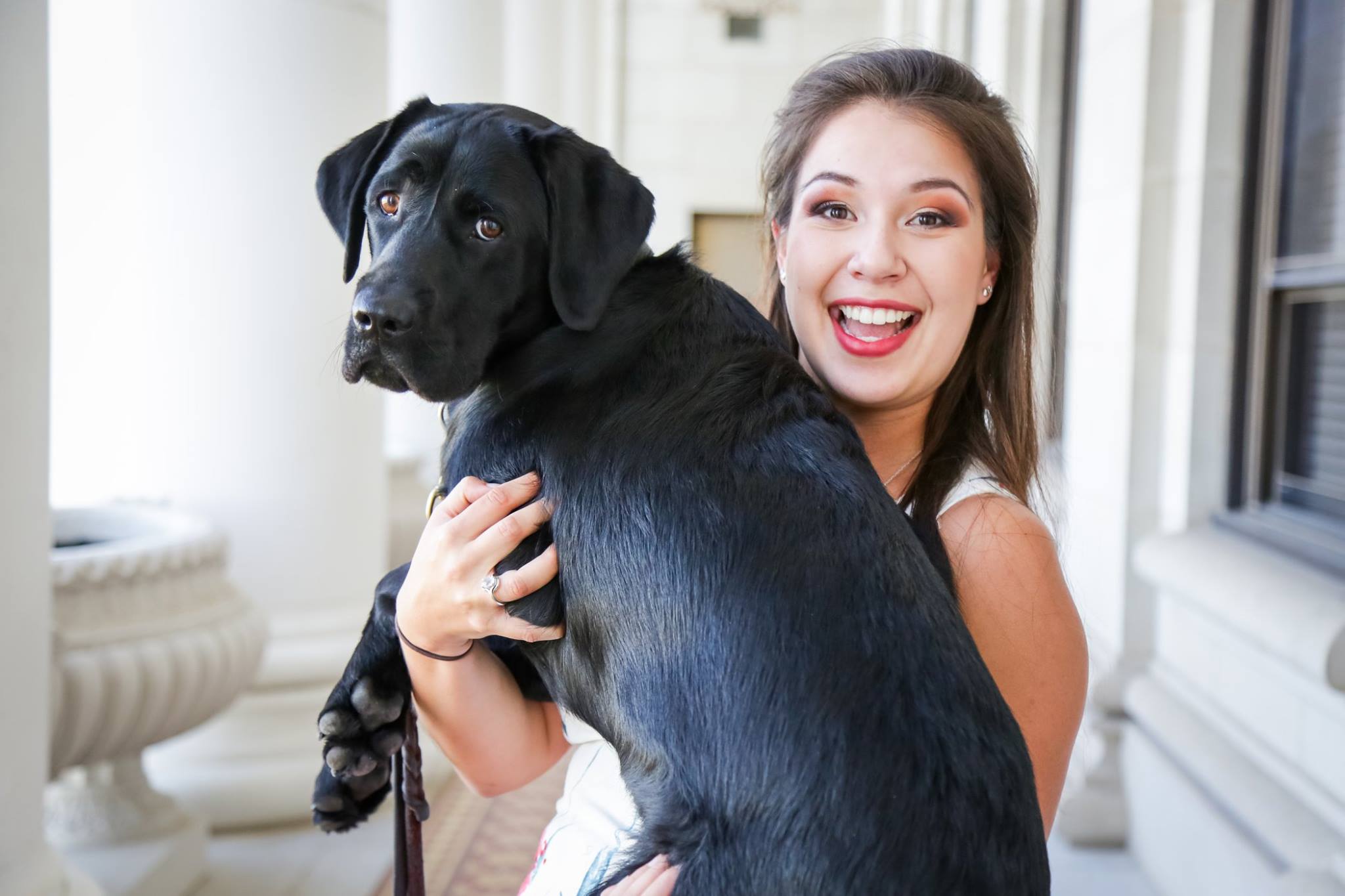
Sewell soon dedicated herself to the service dog program and attended the club’s various meetings. The students hosted guest speakers from the military and other organizations that spoke of service dogs’ importance, both to individuals and society as a whole. They assist people with a variety of issues, from heart problems to seeing impairments. Sewell learned to differentiate between different types of working dogs: service dogs, emotional support and therapy.
By the time Sewell entered her sophomore year, she was bouncing with excitement at the thought of training a dog herself. Sure, it would be hard work, but after all she had learned, she felt she was ready to take on the challenge. A few weeks before her fall set of final exams, Sewell was given a 10-week-old black Labrador to care for and teach. She christened the dog Rango Star, and the little rascal soon became a part of her daily life on campus. “I’ve heard people say that black labs are usually high energy, and little Rango was definitely a handful,” she says.
Sewell began the process of puppy training while still living in a dorm room. “I had to carry Rango up and down the stairs over and over again while I was potty training him, and at times it was very stressful,” Sewell said.
Still, the puppy was sweet and Sewell saw a great deal of potential in the future guide dog. She trained him tirelessly as the pup grew over the next two semesters. She taught him to ignore distractions, an essential aspect of becoming a successful service dog.
Balancing a full class schedule while mothering and educating Rango was difficult for Sewell at times. “You definitely learn to prioritize and manage your time,” says Sewell. “Interestingly, my grades actually got better in the semester after I got Rango. I think it just taught me a lot about applying myself and managing my schedule.”
After little Rango got the hang of training and behaving himself (at least most of the time), Sewell was able to bring her four-legged companion with her to most classes. The professors at A&M are extremely supportive of the service-dog training group, and most didn’t mind Rango tagging along.
“The only reason a professor wouldn’t let a service dog attend class was if they were distracting, so I definitely had to watch Rango closely,” she says. “I almost got asked to leave a couple of times.” However, as Rango matured and Sewell continued to work with him, he improved and was able to sit through classes without distracting the students.
“There is definitely a necessary temperament that guide dogs need to have,” Sewell says. “They must learn to be invisible in public every day, and that’s a hard thing to do.” However, Rango learned well and Sewell was confident he would one day serve a person in need.
During this past semester, Rango Star successfully completed his training with Sewell, who is now a junior. Rango’s graduation is somewhat bittersweet, at least for her trainer. She has spent the past year bonding with Rango and helping him through the difficulties of training, raising him from a small puppy to a successful graduate. Now, she’s very proud of the dog he has become and will miss her furry friend after he leaves.
“You know when you get a service dog to train that you’ll only have him for a year, and you tell yourself not to get attached,” Sewell says. “Of course, you do, but the fact that he is going to go on to do something greater really helps me feel good about the whole thing.”
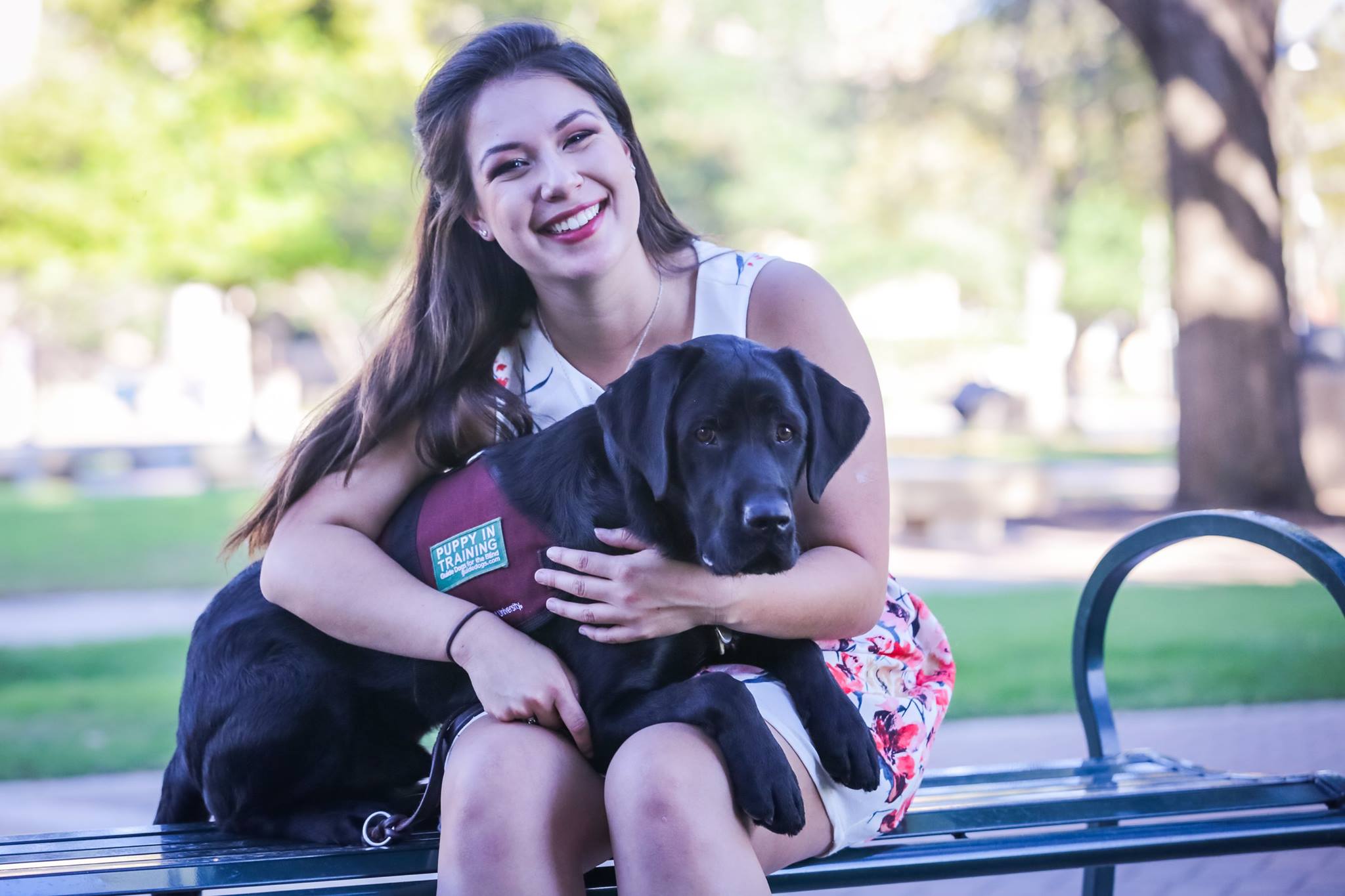
Sewell has done more than just raise Rango. She has become a skilled trainer with a successful pupil, and she’s learned just how hard both trainer and dog must work throughout the process. Service dogs are more than just companions: They’re hardworking animals with a specific job to do.
“When you see a dog in a jacket, it is important that people avoid distracting them. They’re working and doing a very important job,” Sewell says. “You stopping to pet them or talk to them could make them miss a stroke or panic attack.”
Rango will be attending a program in California to finalize his education, and afterwards, he will most likely be placed in the home of a person in need. “He’ll probably be in California for a few months, but it’s a fairly quick secondary process,” Sewell says. “Hopefully after, he’ll be partnered with a person and will begin doing what he has been trained to do.”


